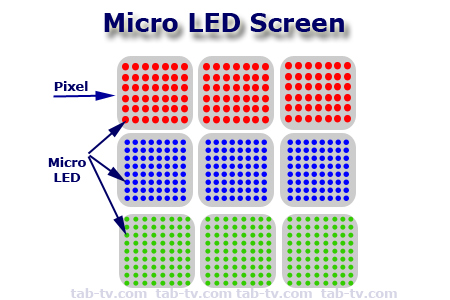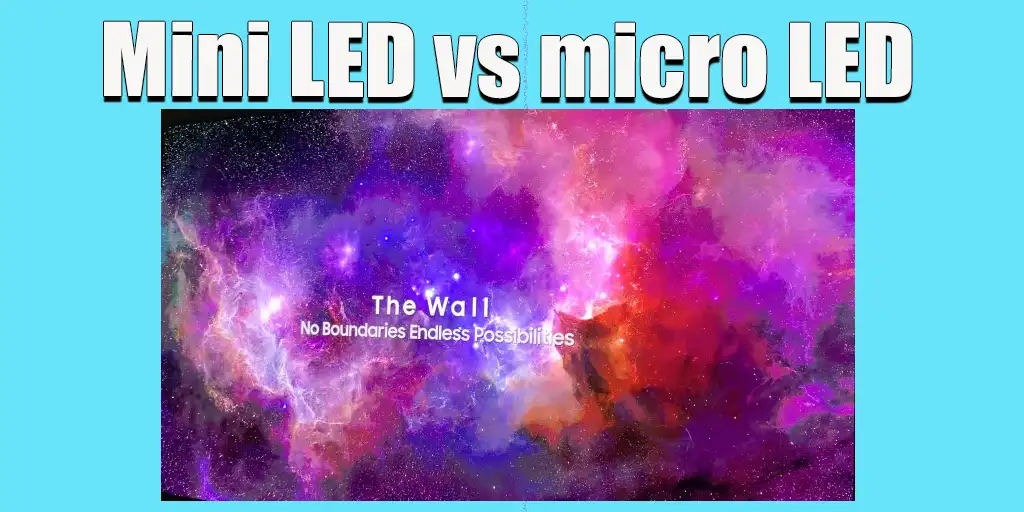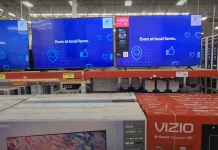We’ve entered a new era in television technology, marked by groundbreaking innovations that are transforming the viewing experience. Among the most exciting advancements are mini LED and micro LED TVs. While their names may sound alike, these technologies are fundamentally different. Let’s take a closer look at what sets them apart and what they truly mean for the future of television displays.
Mini LED TVs, brief explanation
Mini LED belongs to a new branch of modern TVs that still use traditional Direct LED screens, but with a much improved backlighting system. Unlike standard LED TVs, which typically use 50 to 100 LEDs for backlighting, or several hundred to several thousand in premium models with local dimming, Mini LED TVs use thousands or even tens of thousands of tiny LEDs, depending on screen size and manufacturing capabilities.
This is not exactly a new display manufacturing technology, but rather a major evolution in backlighting. The key advantage of Mini LEDs is the huge number of microscopic LEDs that can be grouped into numerous localized dimming zones. These zones can be controlled independently of each other, allowing precise dimming in different parts of the screen.
With this control, areas of the screen with dark or black content can have the backlight completely turned off, resulting in deeper blacks and a higher contrast ratio. The more dimming zones a TV has, the better it delivers rich, detailed images – especially when watching HDR content.
Mini LED TVs first appeared in 2020, and their mass production began in 2021. Outwardly, they look like regular LED TVs, but the real innovation is hidden under the screen.

Micro LED TVs
Micro LED TVs represent an entirely different and groundbreaking display technology. Unlike Mini LED or traditional LED TVs, Micro LED screens do not rely on backlighting at all. Instead, each pixel on the screen is self-emissive, composed of microscopic red, green, and blue LEDs. A single pixel may contain 20–30 (or more) of these tiny light-emitting diodes, allowing the screen to produce light and color independently at the pixel level.
Micro LED technology first emerged around 2018–2019 and is widely regarded as a promising alternative to OLED displays. While both technologies offer self-emissive pixels, Micro LED comes with its own unique strengths and challenges.

Advantages of Micro LED
One of the most exciting benefits of Micro LED is its modular nature. The screen can be built from smaller units (modules), enabling the creation of displays in virtually any size or shape by simply combining more modules. This makes Micro LED ideal for large-scale or custom installations.
Another significant advantage is longevity. Micro LEDs do not suffer from the same aging effects as OLEDs, and in the event of a failure, a single module can be replaced without needing to change the entire screen. Additionally, Micro LED offers exceptional brightness control and color accuracy, rivaling or even exceeding OLED in image quality, especially when it comes to contrast and true blacks.
Challenges of Micro LED
Despite its impressive potential, Micro LED technology currently faces major hurdles—chief among them is cost. Present-day Micro LED TVs can cost several hundred thousand dollars, placing them far beyond the reach of the average consumer. Moreover, the technology is still being refined. As of now, Micro LED displays are typically limited to extremely large sizes, often 140 inches or more—making them more suitable for commercial or cinematic use than for home living rooms.
However, developers are optimistic. As the manufacturing process matures, we can expect smaller, more affordable Micro LED TVs to enter the consumer market—though this transition may take another five years or so.
The Future of Mini LED and Micro LED
Looking ahead, Mini LED, Micro LED, and OLED are poised to become the dominant display technologies for premium televisions. In the near term, Mini LED and OLED will likely lead the market due to their relative affordability and availability. Micro LED, while still in its early stages, holds great promise and is expected to become a mainstream option once costs decrease and production techniques improve.







My tv is black has sound but couldn’t watch tv